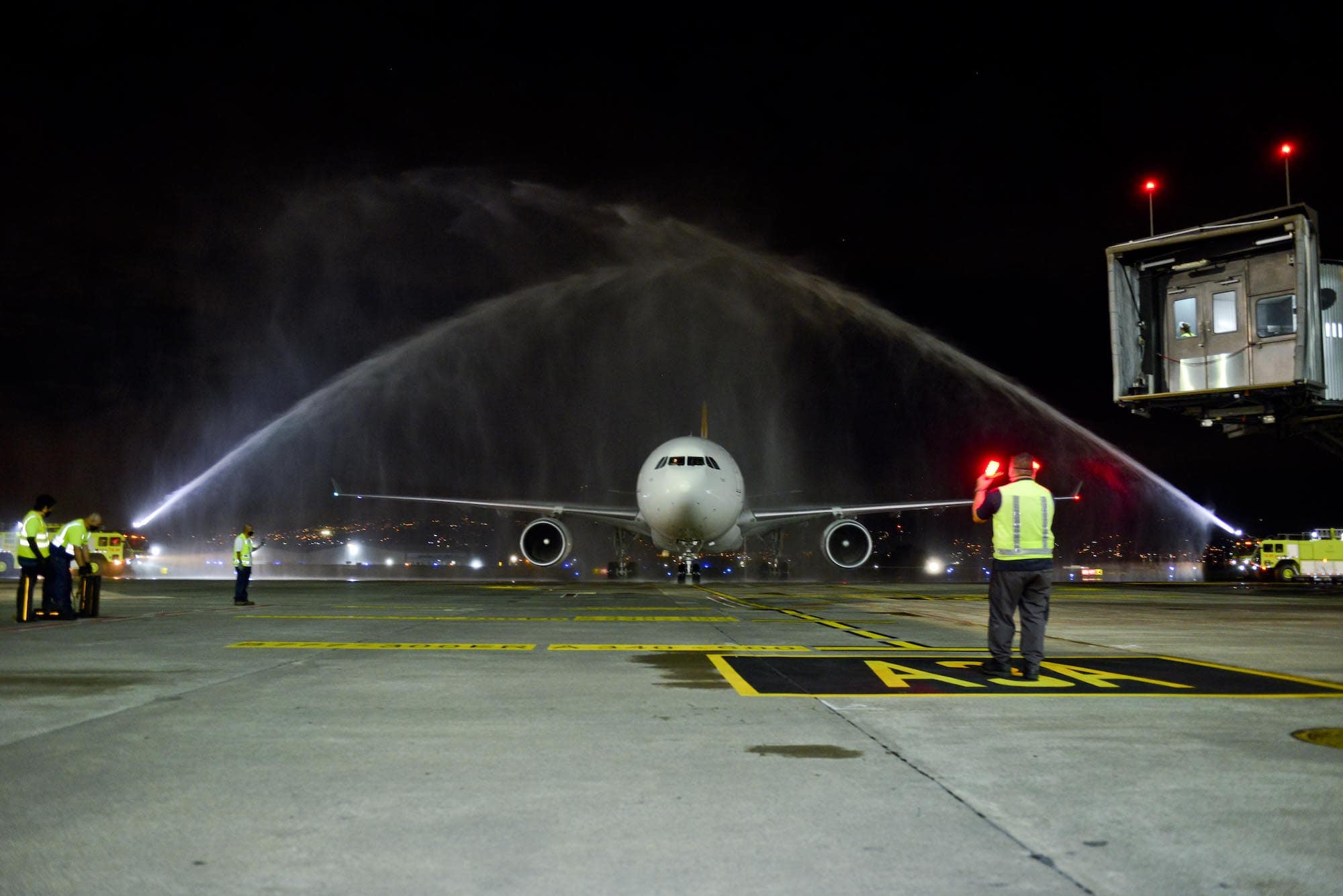Costa Rica will welcome United States visitors next month in perhaps its biggest step toward reactivating the country’s tourism sector in context of the coronavirus pandemic.
Allowing North American guests was among the top priorities for Gustavo Segura, Costa Rica’s Tourism Minister, who on July 8 assumed the role in the midst of the global crisis.
“I agree about the great difficulty, the contradiction that we face [with the United States],” Segura told The Tico Times in a recent interview. “On one side, it’s the market that has effectively been the most important for Costa Rica.
“On the other hand, unfortunately, the pandemic situation has advanced strongly in that fellow country.”
Segura said that at a roundtable with the Tourism Board (ICT), the Health Ministry, the Foreign Ministry and others, Costa Rica analyzed the United States as if it were 50 distinct countries.
Basing the decision heavily on the number of new cases per 100,000 inhabitants over recent weeks, Costa Rica ultimately chose to permit tourists from six states starting September 1: New York, New Jersey, New Hampshire, Maine, Vermont and Connecticut.
“When someone says, ‘The U.S. is doing badly,’ that’s an unjust statement, because it’s the combination of 50 different situations,” Segura said. “When you disaggregate it, there are states that are doing very well — especially in the last two weeks.
“For us, it doesn’t matter how many cases New York had in June. What interests us is seeing how the pandemic is evolving over the last two weeks.”
In Costa Rica, while coronavirus cases are rising, restrictions helped keep the pandemic curve relatively flat until mid-June. That gave the Social Security System (CCSS) time to expand hospital capacity tenfold; to date, no coronavirus patient has been denied a hospital bed or ventilator.
“If we hadn’t taken measures from March until now, we would’ve saturated our system very quickly,” President Carlos Alvarado said Wednesday.
Segura has more than 20 years’ experience in the tourism sector, but fewer than 50 days in charge of the Tourism Board. Navigating the coronavirus pandemic — and its substantial impacts on tourism and the economy — represents significant on-the-job learning.
One example is Costa Rica’s initial mandate that visitors purchase a travel-insurance plan offered by the National Insurance Institute (INS). That requirement was based on an outdated assumption that foreign policies wouldn’t cover COVID-19, Segura said.
After public outcry, Costa Rica reassessed and now allows tourists to use any policy that meets a series of requirements.
“Anyone who tells me they could manage in times of pandemic, I wouldn’t believe them,” Segura said. “This is new, and we’re learning as we go.
“We’d rather take timid steps that let us keep moving forward, rather than taking aggressive steps that might obligate us to go backward.”
That caution means Segura hopes to incrementally improve the experience for visitors to Costa Rica. Tourists should soon have an easier time finding flights and fulfilling Costa Rica’s entry requirements, Segura said. An official announcement on these topics is forthcoming.
More countries and states will be added to Costa Rica’s authorized list. (The ICT has discussed Colorado, Massachusetts, and Pennsylvania as possible inclusions.)
But Costa Rica’s tourism sector — comprising 8.2% of the country’s GDP — will also have to recognize that international demand isn’t at 2019 levels, and it may not return there anytime soon.
“It will take some years for demand to be what it was pre-COVID,” Segura acknowledged, saying that ICT hopes to negotiate better financing conditions and provide other funding opportunities for small businesses.
“It all needs to be one unified strategy: Promotion of local tourism, reopening of international flights and financial support. It’s a single strategy for the sector to survive a calamitous situation that none of us expected.”






